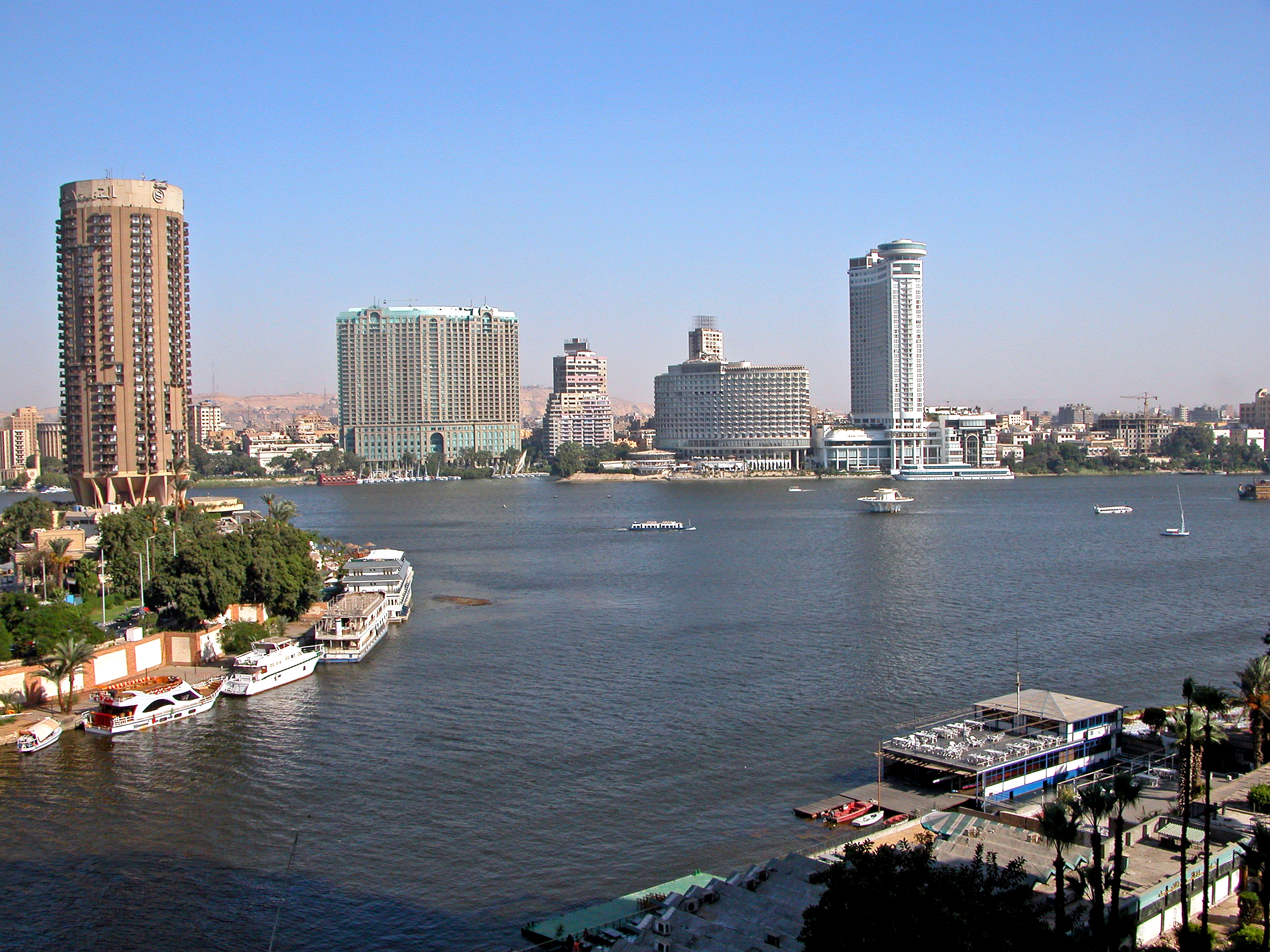
The Egyptian Cabinet’s Information and Decision Support Center (IDSC) denied all rumors about the expected exposure of Egypt during the coming period to a tsunami.
The IDSC explained in its fact-finding report issued on Sunday that it contacted the head of the General Meteorological Authority, Ahmed Abdelaal, who completely denied the rumor, saying it was baseless.
But how did the news of Egypt’s exposure to a tsunami begin?
The official website of the United Nations says tsunami is a Japanese word comprising of “tsu” meaning harbor and “nami” meaning wave. “A tsunami is a series of enormous waves created by an underwater disturbance usually associated with earthquakes occurring below or near the ocean,” it adds.
A tsunami is a series of massive waves created by disturbances under water, and usually has a link with earthquakes occurring at the bottom of or near the ocean. Volcanic eruptions, landslides and coastal rockfalls may cause a tsunami.
A large asteroid can as well affect the ocean and cause a tsunami, the UN website says.
“They originate from a vertical movement of the sea floor with the consequent displacement of water mass. Tsunami waves often look like walls of water and can attack the shoreline and be dangerous for hours, with waves coming every 5 to 60 minutes,” it adds.
A few days ago, the Sun newspaper warned of a sudden and rapid descent of one of Mount Etna’s slopes, known as the Mount of Fire in Sicily. The paper added that the active volcano could lead to disastrous tsunami waves in the Mediterranean, including the sea areas of North Africa and Egypt.
According to the British paper, scientists who monitor the volcano found that its southeastern side has slipped about four centimeters underwater in only eight days, which means that the southeastern part of Mount Etna is in motion, according to Science Advances magazine.
The Sun quoted Professor Morelia Urlaub, the study’s lead author, as saying that research has shown that the southeastern slope of Etna, the most active volcano in all of Europe, has slipped four centimeters towards the Mediterranean Sea during the last eight days, raising the concern of scientists and Italian authorities.
According to Urlaub, scientists from GEOMAR, Kiel University and the National Institute of Geophysics and Volcanology used new, sound-based underwater surveying and monitoring equipment to measure changes occurring in the mountain after satellites failed to pick up the changes under water.
“The entire slope is in motion due to gravity. It is therefore quite possible that it could collapse catastrophically, which could trigger a tsunami in the entire Mediterranean,” the Sun quoted Professor Heidrun Kopp, co-author of the study, as saying.
Researchers could not determine when and whether such a sudden collapse would happen. In case it happens, it could kill millions of people and cause disastrous losses in countries of the Mediterranean, including Egypt.
Egypt’s Abdelaal meanwhile denied the news completely, saying Egypt is far away from any ocean where tsunamis occur. He attributed the rumor to Italy’s announcement that Mount Etna has moved a few centimeters into the Mediterranean.
The Mediterranean is a “narrow” sea where the occurrence of a tsunami is not possible, Abdelaal said, adding that volcanoes and earthquakes have been occurring on the island of Crete in the Mediterranean since long ago and Egypt has never been affected by a tsunami as a result.
In a previous press statement, Dr. Gad al-Qadi, acting director of the National Institute of Oceanography, said that the last tsunami witnessed by Egypt was in the year 1300.
He added that tsunamis in the Mediterranean region were usually not related to earthquakes; rather, they were linked to a phenomenon called “landslides” on the shore of the sea.
Edited translation from Al-Masry Al-Youm




